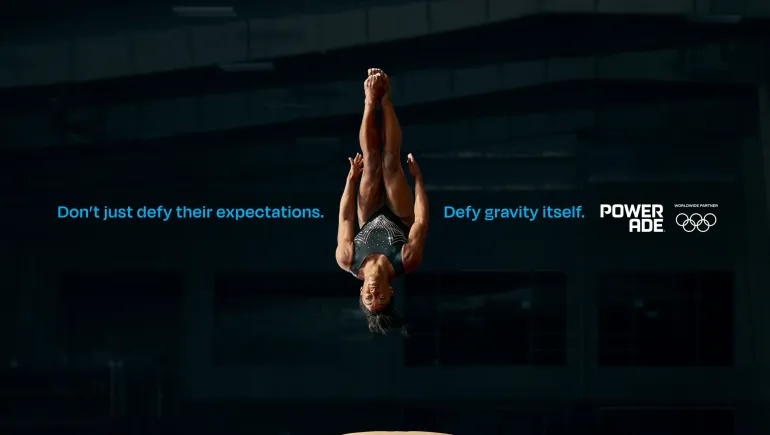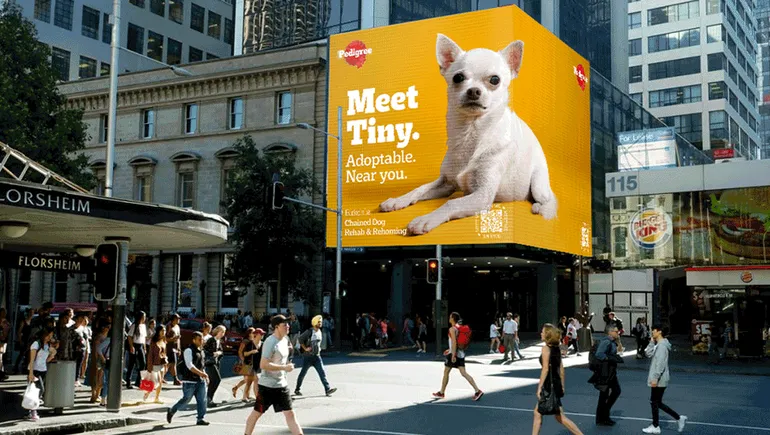
LGBTQ-inclusive marketing opens door to acceptance, P&G and GLAAD find
Dive Brief:
- Representation of LGBTQ people in media, including TV, film and advertising, plays a significant role in growing acceptance among non-LGBTQ consumers, a new study published by media advocacy group GLAAD in partnership with Procter & Gamble finds. Eighty percent of respondents exposed to LGBTQ-inclusive media said they are more supportive of equal rights compared to those who had not recently consumed such media.
- Consumers view companies that are inclusive with their advertising more favorably in a general sense. The “LGBTQ Inclusion in Advertising and Media” study reveals that 82% of those surveyed believe marketing efforts to promote LGBTQ representation are reflective of a brand valuing all forms of diversity. Eighty-five percent reported it shows that a business is committed to offering products for all types of customers.
- As a response to the research, P&G and GLAAD teamed with the Association of National Advertisers’ Alliance for Inclusive and Multicultural Marketing (AIMM) division to develop best practices and standards for LGBTQ-focused marketing, along with new segment-specific advertising. Working with CNN’s Great Big Story, P&G today will also debut a short film, titled “They Will See You,” spotlighting LGBTQ visibility.
Dive Insight:
P&G and GLAAD’s study attempts to put some numbers behind advertising’s power to influence broad consumer perceptions of the LGBTQ community in a favorable way. Published ahead of Pride month in June, the research pushes brands to take a more inclusive approach with their outreach strategies, and positions the coronavirus pandemic as an opportunity to make a larger impact with marketing that addresses LGBTQ issues.
“During the COVID-19 pandemic, when media consumption is up and when media outlets serve as lifelines for LGBTQ people in isolation, companies should recognize that now is the right time to grow the quality and quantity of LGBTQ people in advertising,” GLAAD President and CEO Sarah Kate Ellis said in a press statement. Ellis added that “significant work” still needs to be done from brands on the inclusivity front, as many have historically amplified bias in LGBTQ representation.
Ramping up marketing production now faces considerable challenges due to the coronavirus. The pandemic has shuttered key in-person venues, including parades and experiential channels, that brands typically use to market themselves around Pride.
Several companies are looking to fill the gap by putting on events virtually via social media. NYX Professional Makeup, a L’Oréal label, this week announced plans to host the first virtual Pride march on Instagram, which will feature a “Proud Allies” filter and hashtag. Such efforts represent the types of online community-building that brands are focusing on to grow loyalty and foster connections between people who are stuck at home.
Marketing around Pride has become a more contentious issue in recent years as well, as some in the LGBTQ community view the growing presence of brands as intrusive to an event that looks to commemorate and celebrate historical progress. Some campaigns have also landed in hot water due to perceived tone-deafness, leading to accusations of corporate “rainbow washing.”
To avoid backlash, marketers are putting more resources into initiatives like AIMM’s new LGBTQ advertising benchmarks. The guidelines from the ANA group look to help marketers address what the study characterized as “critical gaps” in LGBTQ representation by allowing them to prioritize business goals while ensuring their portrayals are accurate and authentic. The AIMM standards grade LGBTQ-focused marketing based on the ANA’s Cultural Insights Impact Measure, a metric that gauges both the cultural relevance of ads and their impact on sales.
“We are building LGBTQ marketing into the fabric of how we build brands by understanding invaluable insights that not only responsibly represent the values and culture of the LGBTQ community, but also link closely to the character of our brands — never stereotyping, never misappropriating,” P&G Chief Brand Officer Marc Pritchard said in a press statement. “But we all have a lot to learn and we are truly at the beginning of our journey to master LGBTQ inclusion in our brand building efforts.”
P&G’s new “They Will See You” short film accompanying the research details how global brands can play their part in growing LGBTQ visibility, including in local communities. The content play builds on past efforts the CPG giant has created with Great Big Story, such as 2019’s “Out of the Shadows” and 2018’s “The Words Matter,” both of which centered on the LGBTQ advocacy.





